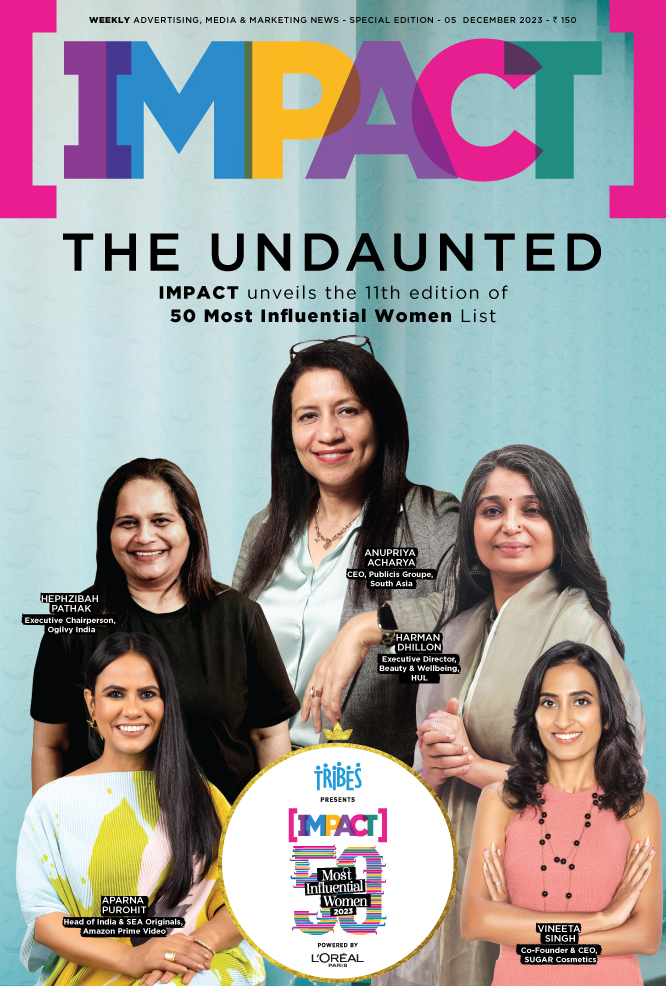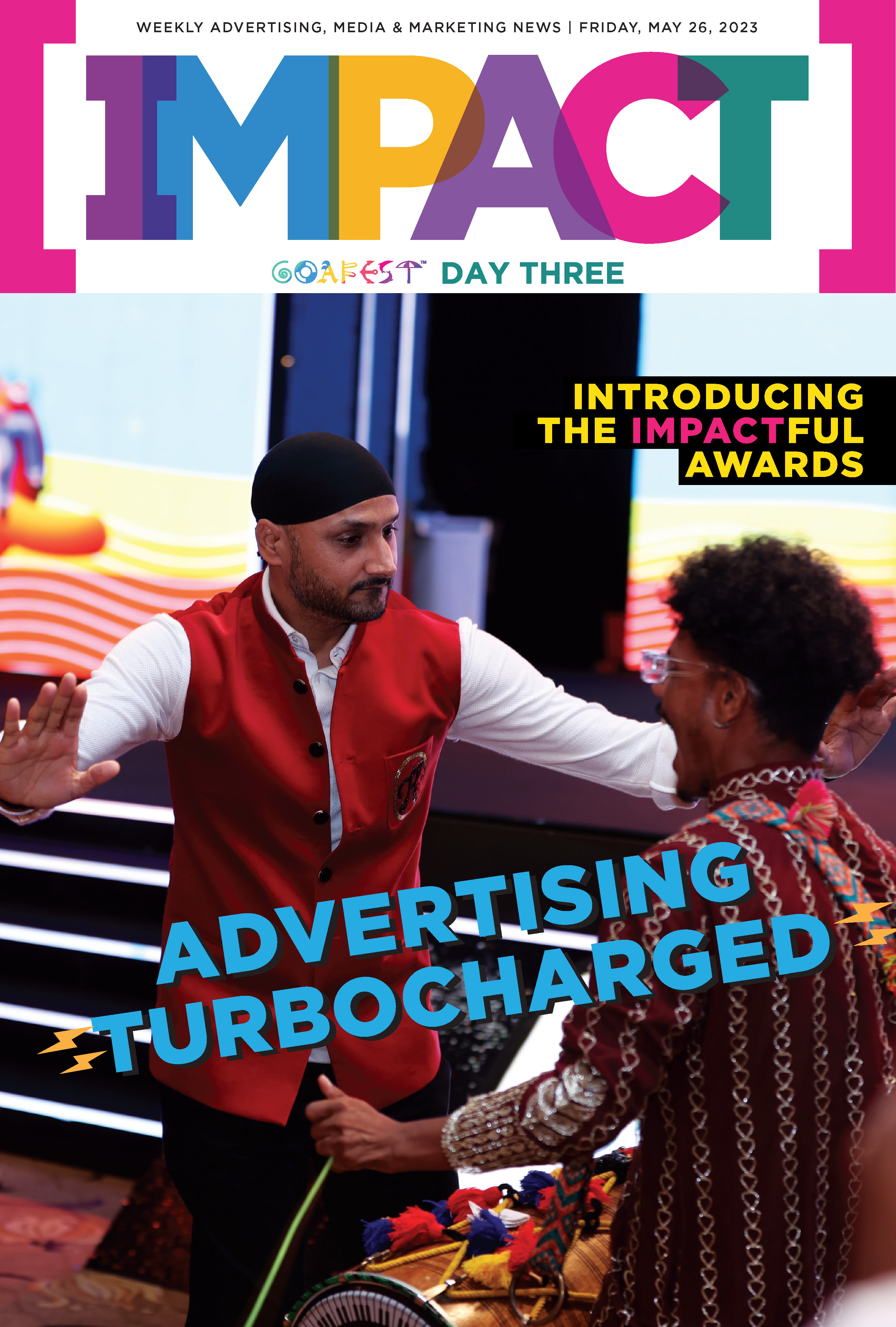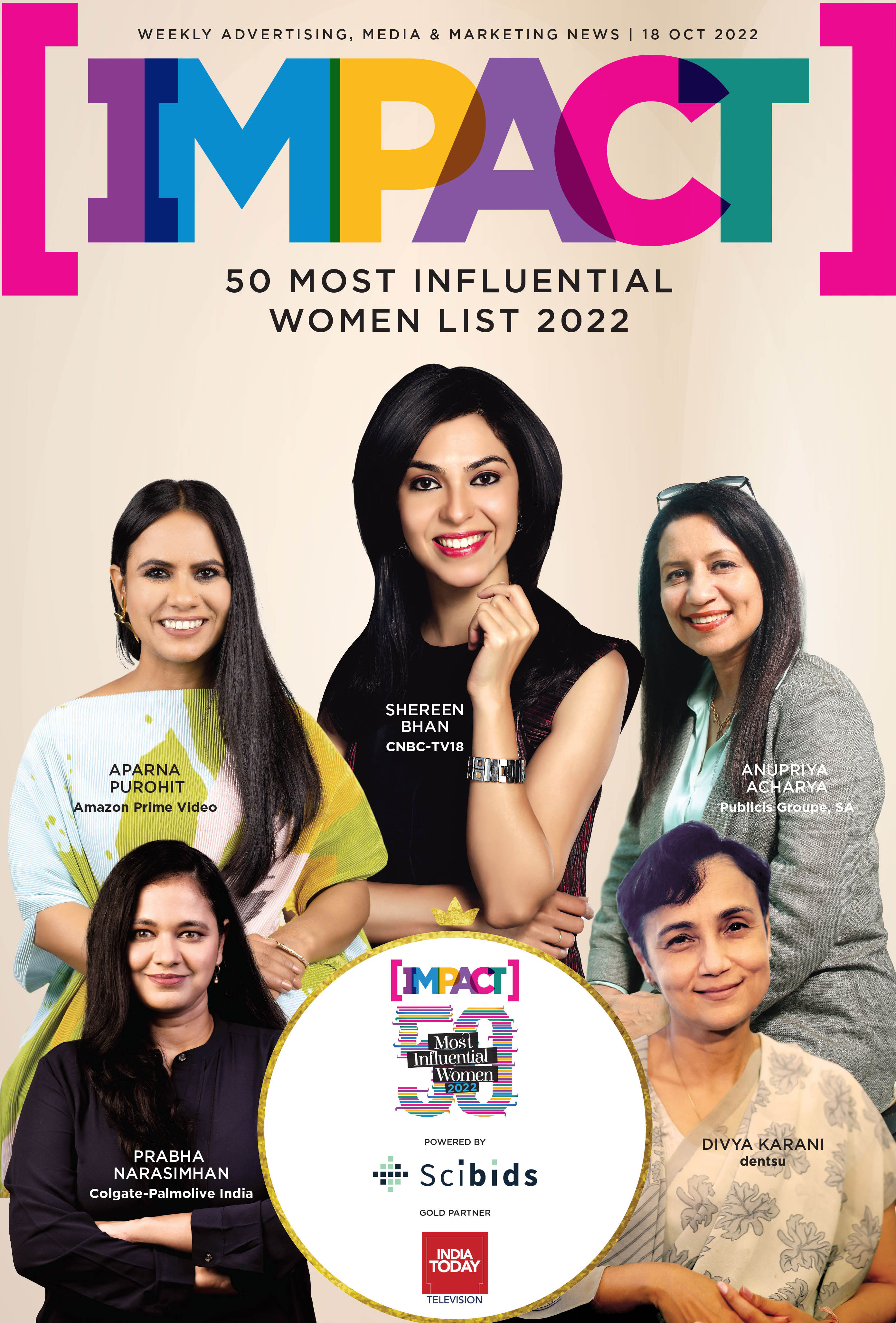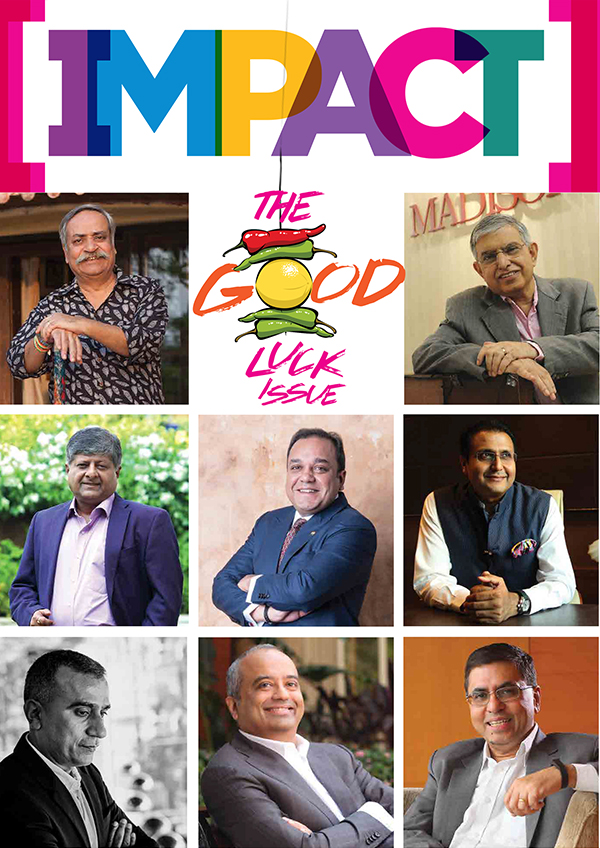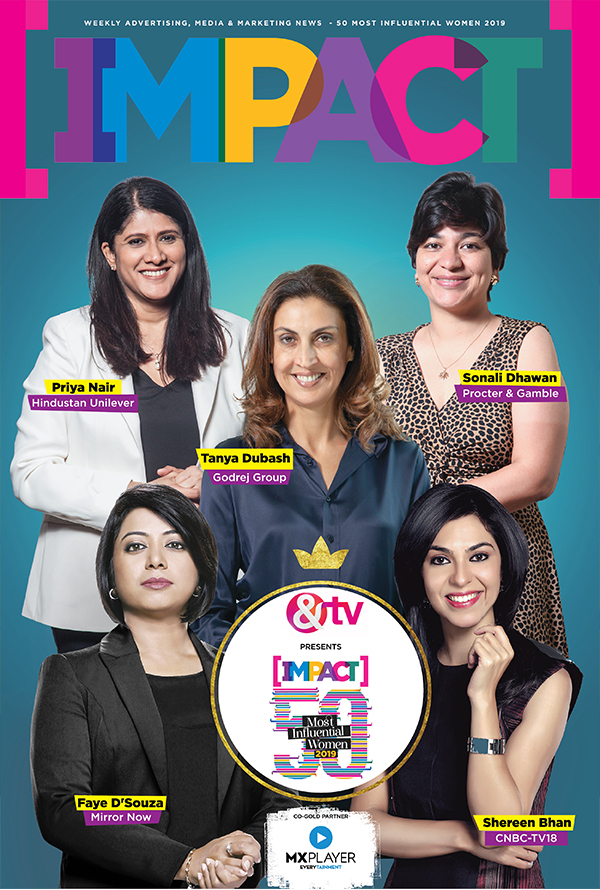The Great Marketing Slowdown
Something strange is happening inside every marketing dashboard.
The graphs still rise, the campaigns still run, and the leads still flow — yet growth feels like dragging a dead weight.
It’s not that customers stopped buying; it’s that everyone is chasing them the same way.
Every brand is bidding on identical keywords, targeting identical personas, and recycling identical success stories. The funnel hasn’t failed — it’s just suffocating under sameness.
Across boardrooms, you can sense the fatigue.
Budgets rise, creativity falls, and sales velocity disappears. The “more spend, more leads” equation that powered the last decade has hit diminishing returns.
Because the battlefield has shifted.
Growth no longer belongs to the loudest voice or the biggest ad budget. It belongs to those who make the market move toward them — companies that don’t chase demand but create gravity.
That’s the quiet revolution defining this decade: the end of marketing as pursuit and the beginning of marketing as market-making.
For CEOs, this isn’t a campaign problem; it’s a systems problem.
If your message sounds like everyone else’s, you’re already invisible.
And in an age where attention is algorithmic and trust is scarce, invisibility is the new irrelevance.
Marketing Has Outgrown Storytelling
For decades, marketing was theatre.
You hired storytellers to craft a narrative, polished the tagline, launched a campaign — and hoped it caught fire.
It worked when attention was abundant and differentiation was visible.
Not anymore.
Today, buyers arrive fully informed and emotionally numb. They’ve heard every claim, seen every case study, and scrolled past every “story.”
The world doesn’t need another storyteller.
It needs an architect — someone who can design how the market thinks, talks, and decides.
That’s why the next generation of category leaders don’t run campaigns; they build systems of belief.
They don’t chase “share of voice.” They engineer share of meaning.
In this new order, a campaign is just a surface event — a visible ripple of a deeper structure.
Every term, framework, and proof point is deliberate. Every message aligns with an internal logic the market can eventually adopt as its own.
The companies that win aren’t better storytellers — they’re better system designers.
They know that stories fade, but systems compound.
Because when you teach the market how to think in your language, every competitor who enters must first learn your words.
And that’s when marketing stops being noise and starts becoming infrastructure.
The Three Levers of Category Leadership
Every company that breaks free from the noise follows the same invisible pattern — three shifts that turn a business from a participant into a definition-maker.
They don’t happen by accident. They happen when a founder stops asking, “How do I get attention?” and starts asking, “How do I create gravity?”
1 · From Product to Point of View
Markets don’t follow logos; they follow conviction.
A great point of view is not a slogan — it’s a declaration of independence from how everyone else frames the problem.
Take a learning-technology firm that once pitched itself as a “custom LMS developer.” The message landed flat because every competitor said the same thing.
Then the CEO reframed it: “We’re the Learning Partner for ISVs.”
It wasn’t copywriting. It was a worldview shift.
That single act of redefinition changed everything — who they spoke to, how they priced, and how they were perceived. Within eighteen months, they became the go-to partner for multiple ISVs and were acquired for the niche they invented.
In early markets, conviction converts faster than comparison.
The first step to category leadership is linguistic ownership — defining the words through which your market sees itself.
2 · From Partnership to Platform Advantage
For much of the last decade, the fastest way for a mid-sized IT services company to grow wasn’t marketing — it was alignment.
Align with the right platform early, and your small brand could ride its momentum like a current.
Hundreds of companies built their ascent this way — co-creating with Salesforce, AWS, ServiceNow, Snowflake, and others long before those ecosystems became mainstream.
If you were one of the first credible partners, you didn’t have to buy awareness; you borrowed it.
You didn’t sell projects; you sold proximity.
A $30-million services firm executed this playbook to perfection.
It partnered deeply with ServiceNow — not as a vendor, but as a growth ally.
Together, they co-built frameworks, shared enablement assets, and shaped go-to-market narratives together.
For a few years, that partnership became a gravitational moat.
Sixty percent of its pipeline came through co-created opportunities, and its valuation jumped accordingly.
But that asymmetry doesn’t last forever.
Today, every second slide deck lists the same platform logos.
Every firm claims “preferred partner” status.
The very strategy that once differentiated now dilutes.
That’s the signal of market maturity — when what was once insight becomes infrastructure.
To stay ahead, companies can’t just attach themselves to platforms; they must co-invent with them.
Instead of being extensions of someone else’s roadmap, they must shape the next wave of value the platform itself didn’t anticipate.
Because true advantage no longer lies in being aligned — it lies in being indispensable.
And that happens when you stop reselling a partner’s product and start expanding its possibility.
3 · From Persuasion to Ritual
The final leap is the hardest — when your selling motion becomes the buying motion of the entire market.
Your proposals become templates.
Your metrics become benchmarks.
Your process becomes muscle memory for buyers.
At that point, your competitors aren’t pitching against you; they’re pitching inside your system.
You’ve moved from being one choice among many to being the default setting of the market.
That’s what real category leadership looks like — not louder ads, but unchallenged influence.
Why Mid-Sized Firms Have the Edge
Everyone assumes category creation is a luxury reserved for giants with billion-dollar budgets.
It isn’t.
In fact, the companies most likely to redefine their markets sit in the $10- to $100-million band — big enough to be trusted, small enough to move before the story hardens.
Large enterprises drown in process. Every narrative has to survive five committees and three quarters of approvals. By the time it launches, the market has already shifted.
Start-ups, on the other hand, burn fast. They experiment wildly but rarely have the runway or reputation to make the ecosystem follow.
Mid-sized firms live in the sweet spot — where credibility meets speed.
They still have a founder’s hunger, but the resources to act on it.
They can pivot in weeks, not fiscal years.
They can turn conviction into an industry-wide movement before incumbents even notice.
When these companies commit to a point of view, codify their process, and embed that language across partners and platforms, they do more than win deals — they rewrite valuation.
Across categories, the pattern repeats: firms that lead with belief, not bids, see 20 to 30 percent valuation premiums within two years.
Because when the market starts using your vocabulary, you stop competing on price.
You compete on meaning.
And in a world where AI flattens every technical edge, belief asymmetry is the only unfair advantage left.
The Age of Belief Systems
AI has erased the old walls between competitors.
Every product looks the same. Every feature can be cloned.
What can’t be copied is conviction — the invisible architecture that shapes how the world interprets what you do.
This is the new currency of business: belief.
Not the kind declared in mission statements, but the kind encoded in systems — in how you define problems, name solutions, and teach the market to think in your language.
Funnels produce activity.
Categories produce capital.
Because when you own the mental model, you don’t have to outspend anyone; you outlast them.
Buyers stop comparing vendors.
Analysts start quoting your terms.
Partners align their roadmaps to your worldview.
That’s not marketing — that’s market design.
We’re entering a decade where differentiation will shrink to one variable:
how deeply a company can make people believe in its version of reality.
So before you plan your next campaign, ask yourself:
“When my customers describe the problem I solve, do they use my words or someone else’s?”
If it’s someone else’s, you’re still chasing relevance.
When they start quoting you, you’ve stopped competing for leads —
and started competing for legacy.



.jpeg)









